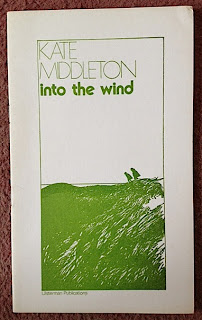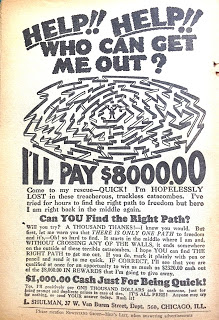
From a paperback called I've Seen a Ghost - True Stories from Show Business by Richard Davis (Granada, London 1979). A series of mostly tall, real ghost stories from British stars of the time -Jon Pertwee, Roy Hudd, Pat Phoenix, Vincent Price, Bob Monkhouse, Rula Lenska etc.. There are the usual actor's superstitions and tales of ghosts seen in old theatres...the one from Kenny Everett could be filed under 'more things in heaven and earth' or Kenny was simply blagging - which seems unlikely as there is no joke or punchline. Also it is worth noting that this was before the time of proper mobile phones...
It happened when we were staying at Pete Asher's house in Surrey, near Rosper. It looks rather like a Chinese house – all made of paper walls and bits of stick. And it was by a lake, an 8 acre lake with two islands on it. All very deserted, it was.
We had a cameraman and his assistant staying with us, and we decided to have a go with the Ouija board. Well, the cameraman got a message through from his girlfriend; he said "that's odd - she's not dead". And she said by means of the Ouija board that she'd died that day. She'd taken a load of pills and she was in Bicester Mortuary. He couldn't believe this. He thought we were messing around, though I don't think any of us would have been quite as cruel as that. So he rang her dad, and her dad picked up the phone and he was in tears, because she had just taken a load of pills and he had taken her to the mortuary. The cameraman had been with us for two days; the phone hadn't rung and there was no way he could have known.























